Godzilla 2014: A monster of a comeback
May 22, 2014
When I first saw the trailer for the newest Godzilla movie, directed by Gareth Edwards, I got excited. After the disappointment of the 1998 TriStar Godzilla movie, and after being spoiled by the original Toho films, I was ready for a new take on my favorite radioactive monster. I would be lying, though, if I said that I was 100% certain that the new Godzilla would do the old ones justice. Luckily, however, the film completely blew me away. In my opinion, not only did Godzilla do the old movies justice, the new film actually outdoes the old ones.
Before I get to the review, I’ll compare the original Toho films and the 1998 American film to give a little perspective.
The original Godzilla — and by “original” I mean first ever Godzilla movie ever made – appeared in 1954, about nine years after the bombings of Hiroshima and Nagasaki in World War II. It was directed by Ishiro Honda, and was meant as a metaphor of the devastation of nuclear warfare.
Godzilla’s original design was, in fact, based loosely around that of a dinosaur. He has the combined attributes of a T-Rex, an Iguanodon, a Stegosaurus and an alligator, with thick, muscular limbs, spikes along his back and long (useless) tail, and a furrowed brow. He had a very distinctive roar, which was produced by rubbing a resin-coated glove along the string of a contrabass, then slowing down the playback.
The original Japanese Godzilla also had three key traits; he breathed radioactive fire (usually blue, but the Toho film that I saw had red-orange fire); he was almost indestructible (the military couldn’t destroy him despite numerous attempts); and he always had a rival (like Mothra, a giant moth, or Orga in Godzilla 2000, and even King Kong). In fact, only his rivals ever had a chance at bringing Godzilla down. Most of these movies took place in Tokyo, or elsewhere in Japan.
Godzilla (1998) was not a real Godzilla film. It was made a few years after Jurassic Park and its sequels, and in retrospect, it seemed to pay more homage to Jurassic Park than it did to the original Toho films. This Godzilla was female, had no rival, did not breathe radioactive fire, and was easily shot down with missiles. Missiles. In the original Toho films, Godzilla could take a missile to the face and keep on trucking. TriStar’s Godzilla monster also laid eggs before she died, and the hatchlings were almost replicas of the raptors from Jurassic Park. They served no other purpose than to run around and eat people. I suppose I could be nice and say that Godzilla (1998) could’ve been a good movie, if only they hadn’t named it Godzilla. Because this wasn’t Godzilla. It was a glorified T-Rex knockoff.
So you can probably imagine how I felt walking into the theater on May 16, the day the newest Godzilla film came out (produced by Legendary Pictures and Warner Bros. Pictures). I had some hope, since the design – and sounds – rang true to the original monster that I know and love, but at the same time, I was more than a little wary.
The plot was something that started out as something that felt cliché and overdone but turned into something that I could easily sink my teeth into.
The film started in a place where I least expected: the Philippines. The story begins with the discovery of a gargantuan fossil and two egg-shaped radioactive pods. Upon further investigation, the miners discover one of the pods has already hatched, and that whatever creature that had come out of it is already long gone. Yes, the “discover hatched eggs” plot line has been painfully overdone in the past, but hold on. Shortly afterward, unusual seismic activity, unlike any earthquake, causes an explosion and a radiation leak at the Janjira Nuclear Plant, much like the real-life Fukushima Daiichi power plant explosion, and two American employees are involved. Fifteen years later, a father and son – the father having worked at the power plant – goes to the Janjira area to investigate what really happened.
And that is where the fun begins.
You will be scared. You will be shocked. I spent half of the movie on the edge of my seat and the other half biting my nails nervously. There was just enough destruction and fighting to keep the movie interesting, and there was enough human plot to keep me anchored to the movie. The way the monsters and destruction were presented made it painfully aware that there was human casualty. Unlike the Toho films, where I felt detached from the rubber suited man stomping around a miniature Tokyo, I was able to connect to the people affected by the rise and action of the monsters.
Legendary Pictures’ take on Godzilla is a fantastic one that does the original Toho films great justice. In fact, this version may be better than the versions in the past. They stuck to the original Toho design very well, unlike the 1998 film that turned Godzilla into a glorified T-Rex.
This Godzilla has the traits of the original Japanese monster; it was a giant radioactive lizard-monster, not a glorified T-Rex; it breathed a radioactive heat ray (blue) at its enemies; it was impossible to take down; and not only did it have a rival to fight, it had two rivals, called MUTOs (Massive Unidentified Terrestrial Organism) that are reminiscent of giant bugs. I was also delighted to find that Godzilla had his trademark roar than anybody could recognize.
I was disappointed to find that Godzilla wasn’t the direct effect of the bombings of Hiroshima and Nagasaki, but I was satisfied with the explanation that Legendary Pictures presented: Godzilla was said to be a creature that walked among the dinosaurs and survived on radiation. Hiroshima was mentioned along with nuclear testing, however, so that eased my disappointment.
Every little bit of the movie, from the sound to the way the monsters looked and moved on the screen, felt absolutely, positively real. Godzilla wasn’t a man in a rubber suit anymore, and even though it was CGI, I couldn’t tell. He felt real, like he could pop out of the screen at any moment. It was hard for me to remember that I was sitting in the movie theater with a bowl of popcorn in my lap.
The MUTOs were more than a little frightening, with hideous glowing eyes and extremities, with plenty of insect slime that made me squirm in my seat. Also, for an added kick, they emitted EMPs (electromagnetic pulses) that wiped out all power sources and downed planes in the sky, so they were also threatening from a distance.
The fights between the monsters were amazing. No more did I have to sit through several scenes watching a man in a costume swing his arms wildly at some giant moth puppet. Godzilla’s long tail was actually useful this time around, and there was plenty of biting, clawing, kicking, and gore. Lots of it. Expect decapitated bug.
The destruction left behind by these monsters, both from fights and from general monster running-around-and-wreaking-havoc action, was raw and felt very, very real. So real that it tore at my heart, and I had to remind myself that Honolulu, Hawai’i wasn’t actually in ruins. When I walked out of the theater, I half expected the world outside to be destroyed and devastated, with dark clouds blotting out the sun and Godzilla stomping his way through the landscape.
Godzilla (2014) is a film that everyone can love, from newcomers to the monster to diehard fans of the original Toho man in a rubber suit. This film was well-made, with a fantastic cast of actors, a complex, immersive storyline and fantastic visuals. It may have even outdone the Toho films I’ve come to love. And before you call me biased, just know that Godzilla (2014) has a rating of 7.8 on IMDb, and audience ratings of 4/5 stars on Rotten Tomatoes. It also has a rating of 4.5 out of 5 stars on Fandango. If you haven’t watched the film yet, or considered watching the film, get to it!


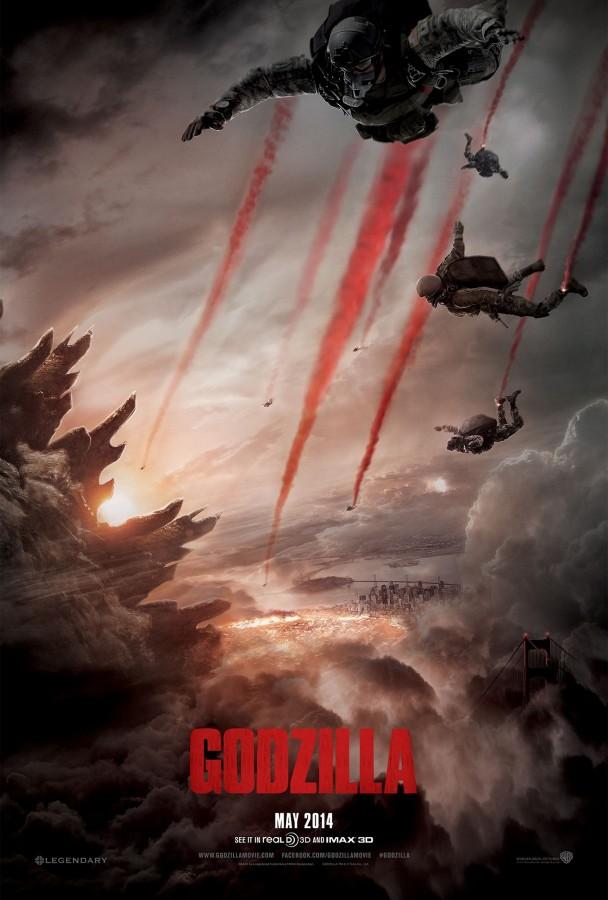



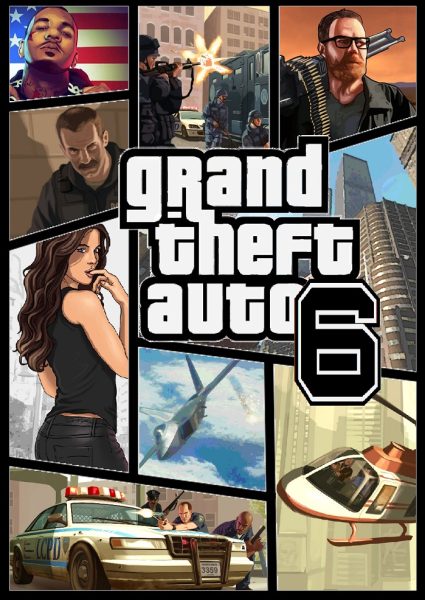
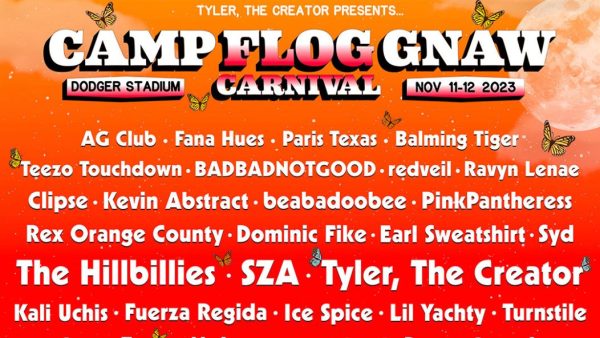
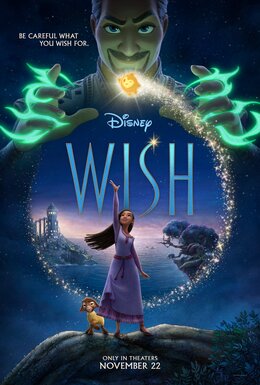
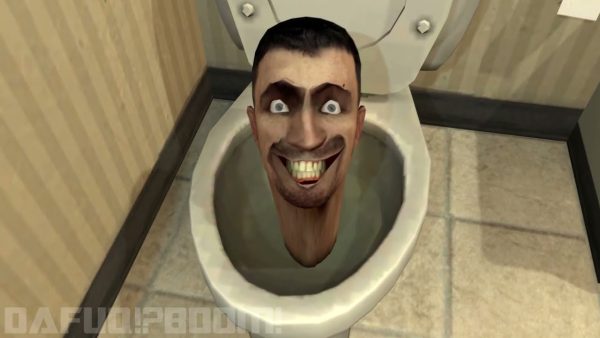
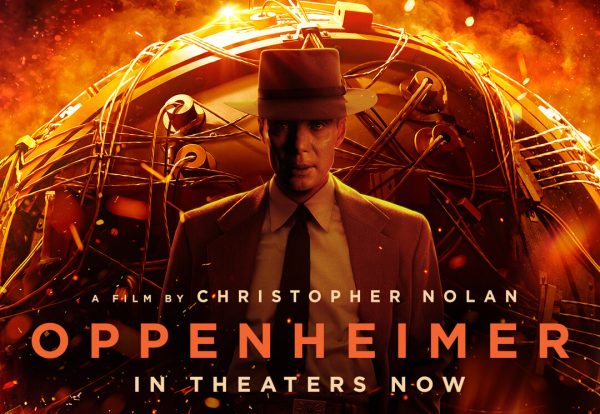
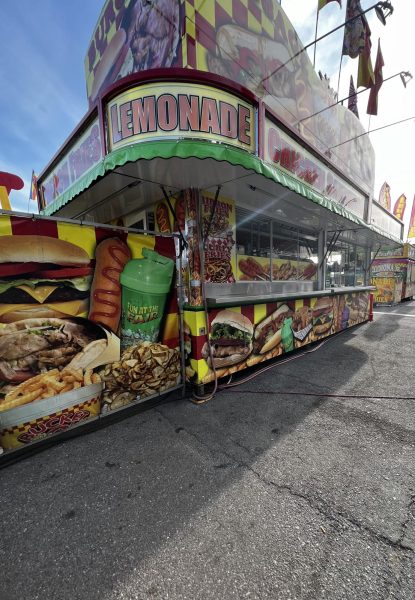


Gregory Baskin • May 30, 2014 at 4:27 pm
This is an excellent article. I was impressed by the research that went into it. It makes me want to go see the movie myself this weekend. Of course I am a bit prejudiced, as the author is my daughter!
Frosty Pentecost • May 28, 2014 at 12:33 pm
This is the best movie reviews I have seen in a long time. Somebody actually did research on the old one and the last one and the new one – but the comparisons were extremely well done.
Job well done Kristina. I liked your narration better than some of the talking heads on TV who try to fluff us by what they think we want to hear.